- You are here:
- Home »
- What to Buy? »
- Unique embroidery products of the highland people
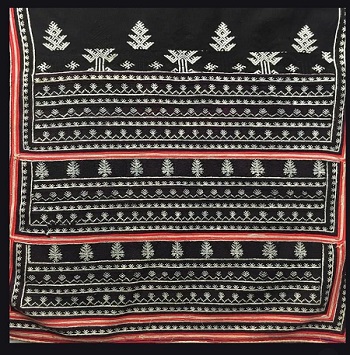
Unique embroidery products of the highland people
The Northwest region has more than 30 ethnic groups living together, each ethnic group has the traditional profession with special cultural and economic values that need to be preserved and promoted. Embroidery, brocade weaving is a long-standing tradition of ethnic minorities, not only to meet the needs of daily wear, holidays and Tet but now also become goods for tourists.
Upland people are famous with many traditional handicrafts such as: brocade embroidery of the Mong, Dao, Xa Pho (Lao Cai), Lung Tam brocade weaving (Quan Ba); Brocade weaving villages of the Pa Then ethnic group in Quang Binh, Hà Giang or the Thai people in Lai Chau…
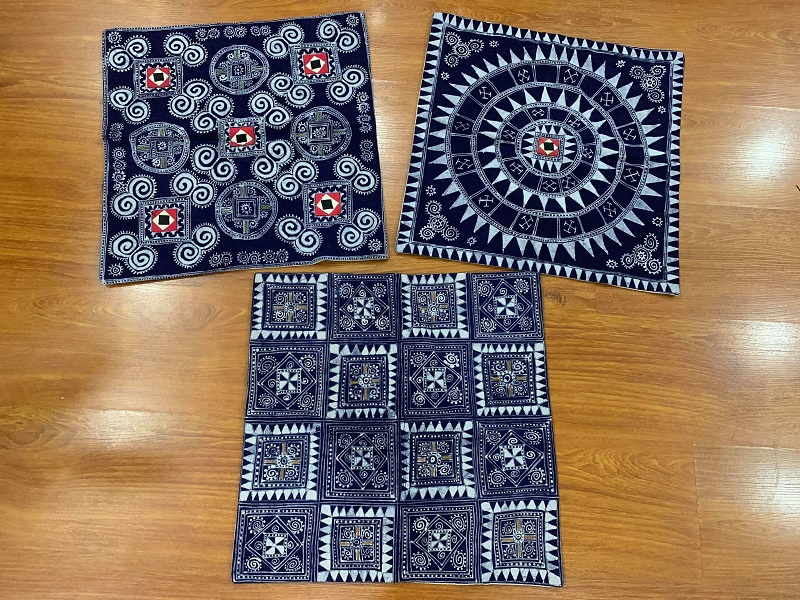
Brocade of Thai people is different from brocade of Tay, Muong, or Mong, Dao…; Brocade of this ethnic group is also different from brocade of other ethnic groups. The art of embroidery is the same, embroidery of other Mong people, other Dao people or the same beeswax printing of the Mong people is not the same as that of the Dao Tien people. All have created a colorful panorama of traditional crafts in the Northwest.
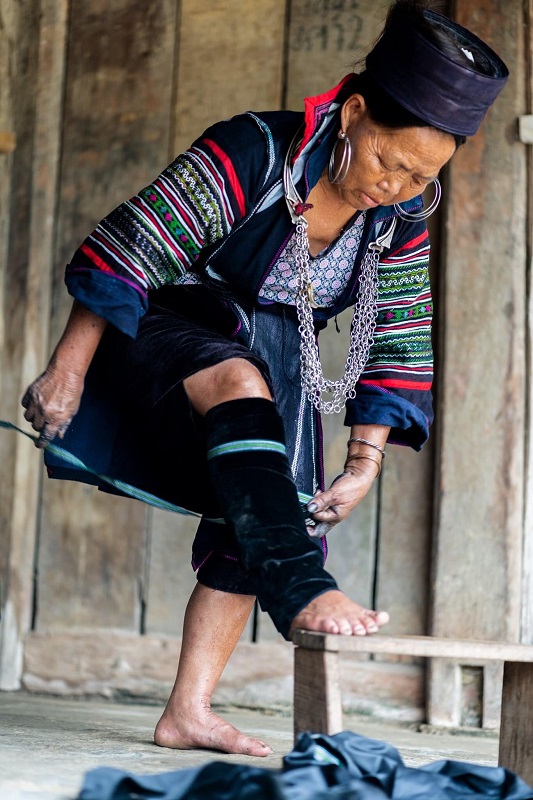
Similarly, ethnic people in other provinces in the Northwest region such as Lao Cai, Lai Chau, Dien Bien, Yen Bai, Cao Bang, Lang Son, etc. also have many traditional handmade embroidery products with bold cultural characteristics. characteristics of their own ethnic. In particular, each ethnic group in each region has its own traditional handicraft products.
Through looms, the Mong people create colorful brocade sheets, with patterns simulating trees, leaves, flowers, animals, etc. There is also a craft of making silver and copper jewelry that has existed for a long time. Lifetime and create sophisticated products, including jewelry such as necklaces, bracelets, necklaces, rings… Their handmade embroidery products are extremely meticulous and beautiful with delicate color schemes between the different pieces. Contrasting colors are loved by tourists and often bought as souvenirs such as Mong collars, bibs, pillows, hanging pictures, towels or key chains, etc.
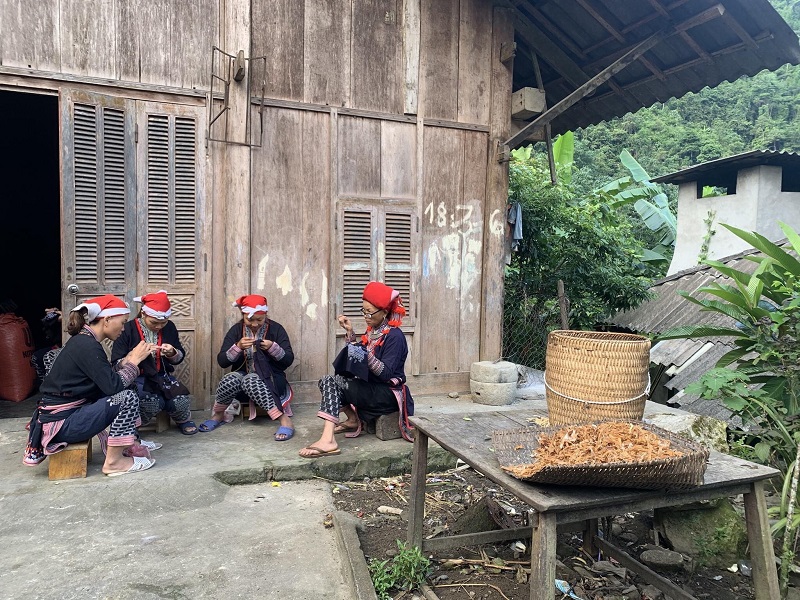
With the Thai traditional embroidery and brocade weaving, they all do it themselves, from the preparation of raw materials, weaving, dyeing and embroidery into products. Weavers use materials created by themselves from growing mulberry, raising silkworms for yarn and searching for colors from nature to mix into diverse colors. Depending on the pattern of brocade, weavers can mix and dye different unique colors. Woven fabrics can form skirts, dresses, scarves, and cute pillows that attract tourists.
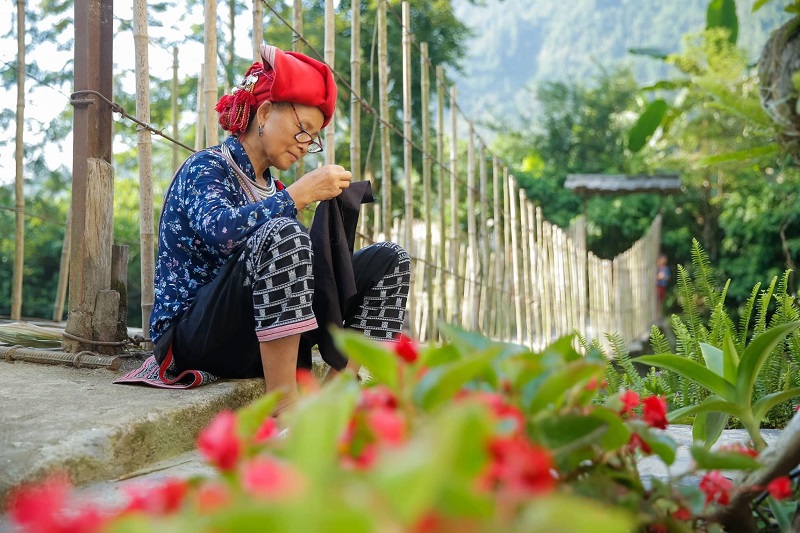
Dao women from the past to present have always preserved and developed brocade embroidery. According to the ancient custom, before get married, Dao girls must know how to embroider and sew to weave their own wedding dresses. The brocade weaving process is completely handmade by skillful and meticulous hands of Dao women who have created many products such as clothes, towels and household items. Brocade embroidery products of the people here with beautiful, delicate patterns, carry many different meanings, expressing the cultural life and beliefs of the Dao ethnic group, but still become souvenirs decoration for tourists when they come to the Northwest.

Currently, all handmade embroidery products of ethnic minorities are very well received by tourists from all over the world and become an indispensable souvenir when coming to the high mountain area. Because along with the strong development of the local tourism industry, the highland ethnic minorities have also soon been able to access and be more sensitive to the market. Therefore, handmade products are no longer merely to serve daily needs, but they know how to develop designs suitable for many different customers and turn it into a product that brings customers to the market, a significant source of income for the upland people. Not only embroidery but other traditional occupations have always been kept by the Northwest ethnic minority community from generation to generation through sophisticated and meticulous handicraft products to every detail, richness in the cultural and spiritual life of the people here.
Do Hoa
About the Author Sapa Tourism Office
Popular posts

